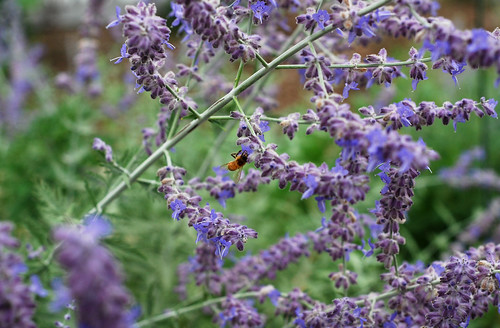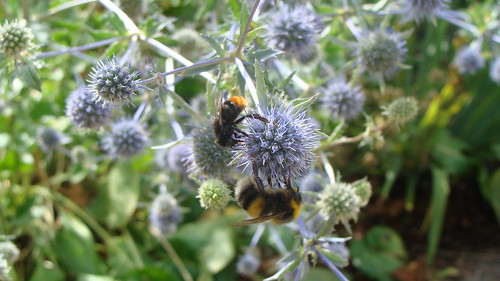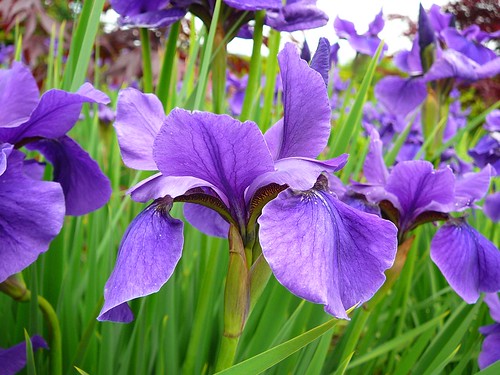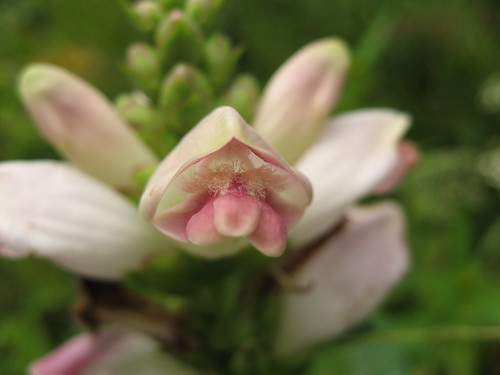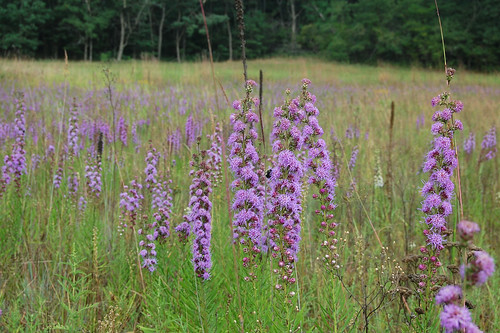Whether you’re a successful gardener, seasoned in your ways, or a novice, without knowing the difference between a trowel and a hoe, organic gardening can seem a little overwhelming. But here are some tips to deliver the facts: it’s easier than you think.
Where to Plant
The first step is to figure out where you want to start your garden. It doesn’t have to be in the ground, but growing it there delivers the benefits of organisms, such as earthworms, that help to break down matter into nutrients and aerate your soil and lawn.
Growing from the ground, however, does require a little more effort. In addition to having healthier soil, you need to take the time for prep work and using compost to keep it healthy.
Sometimes, though, our soil just doesn’t cut it. Sand and clay might make a frustrating appearance, and thus, we may turn to a raised bed. Creating a raised bed is easy: use tightly-packed brick or stone to create a perimeter about 16 inches high, then fill the bed with soil and compost.
Container gardening is an option too, best if you only have a small area or live in a condo or apartment. Vegetables and herbs grow well in containers, and you want to make sure that you choose larger ones which have greater reserves of water and food, along with room for the roots to grow. The containers should also have holes for drainage, and you can often pick up your plants pre-potted for convenience.
What to Pick
The best idea? Ask someone who has experience growing in our area. Then, choose seeds or seedlings. Starting with seeds is more difficult, and if cold weather is continuing, you might even have to start them indoors.
If you choose seedlings, you can plant them right into the garden, purchasing them direct from the garden centre (search for organic ones at the Certified Organic Associations of BC website here). (While you’re there, you can drill the folks who work there for info on how to maintain them).
Visit the Garden Path Centre for a wealth of seeds, seedlings and information.
Bear in mind if you’re tight for space: some plants will take over your garden, like squash and melon. Others, like legumes, aide in garden growth by coverting atmospheric nitrogen into a form that crops readily use. You can also add certain flowers such as sunflowers which attract bugs such as ladybugs and beetles, who eat up bugs such as slugs and aphids.
How to Maintain
We tend to overwater; most plants only need about an inch of water per week. Shady areas and new plants need a little more TLC, and make sure that you opt for gentle watering cans or hose attachments to keep high-pressure damage at bay.
Mulching is also important. Mulch should be comprised of organic matter, such as grass from cutting your lawn to dead leaves. It slowly decomposes, thus enriching the soil, smothering weeds, assisting with drainage and provide a natural fertilizer. One tip: be sure to spread on top of the soil, not on the plants. (Check out mulch options at Soil Mart).
Start to compost, too. You can learn more from the Greater Victoria Compost Education Centre, a non-profit organization located in Victoria, BC. They provide a wealth of composting and organic gardening education.
Finally, remember to pull out the weeds (and roots) by hand. Sprinkle salt on the ones that grow in between crevices, then top with boiling water.
Thinking of going organic with your lawn and yard? The task isn’t as daunting as it might seem. With a little know-how and a few basic rules under your belt, your lawn will be loving you in no time.
Use Natural Fertilizer Methods
The key to a good lawn is nourishing the soil. Most often we think of feeding our grass, but the focus should be what lay underneath. By starting with the soil using natural and organic products, the result will by immaculately different.
Try organic waste, compost, manure, grass clippings and organic fertilizers.
Recycle Your Lawn Clippings
After mowing your lawn, leave the clippings to lay on the grass. These clippings are the best in fertilizers. Not only are they free and convenient, they are also nutrient-rich and can boost soil fertility by 30%. They shade the lawn, keep it safe from the sun, and help build healthy organisms in your soil.
Be Sure To Aerate
By taking time to aerate the lawn, you can relieve compaction and cultivate the soil. It increases air penetration and helps water and nutrients reach the roots.
Oversee Overseeding
Once per year, make an effort to overseed. This keeps your lawn thick, healthy and dense, aiming to crowd out weeds and cover patches. You can also introduce a variety of grasses – in turn, your lawn will be able to protect itself better.
Learn to Mow
The best thing you can do for your lawn is learn how to properly mow. And by mowing high, you can shade out weeds that thrive in the sun and encourage optimal root developing. Try mowing at least three inches, keeping it from getting dry and staying cool and moist.
Water with Caution
Despite what we may think, lawns only require a maximum of an inch of water per week. And with rain around, that is usually all it needs. The rule of thumb? Water deeply once per week, choose early hours, and don’t overdo it.
]]>

